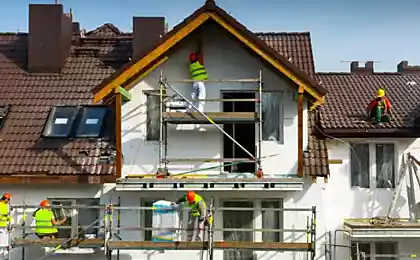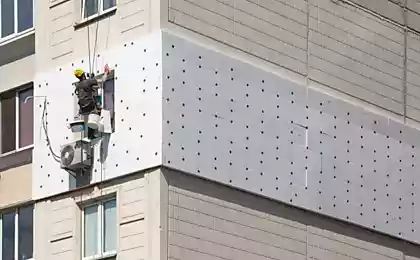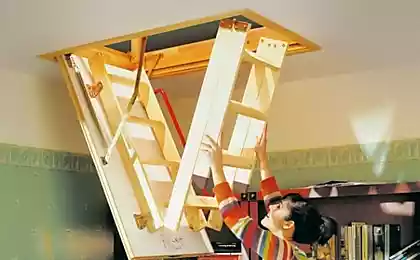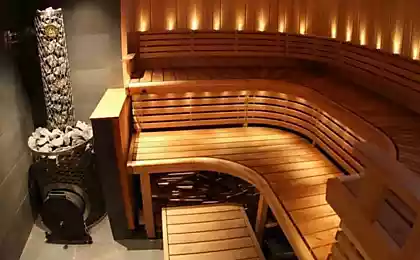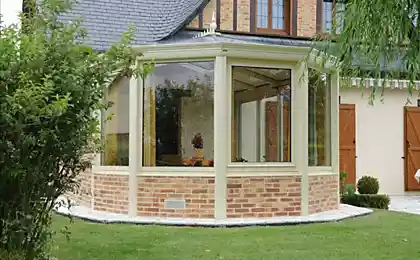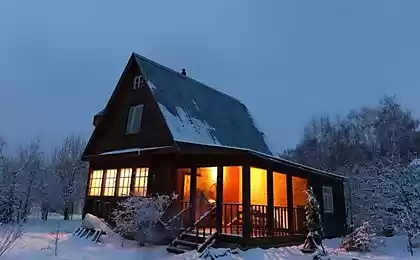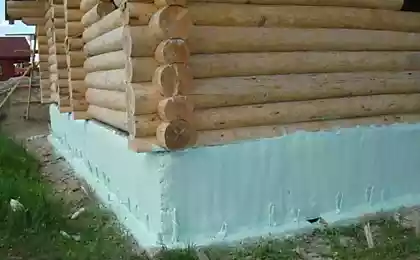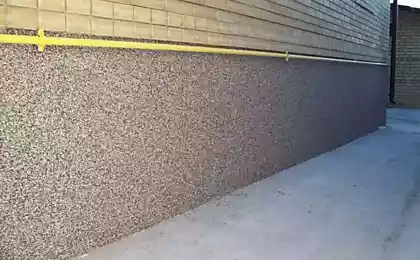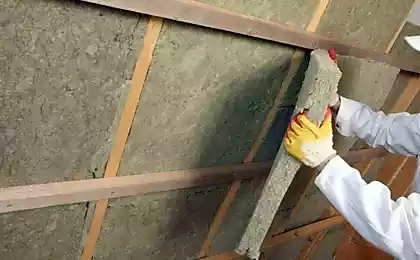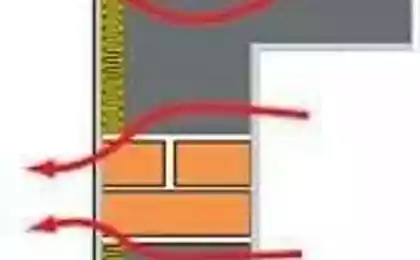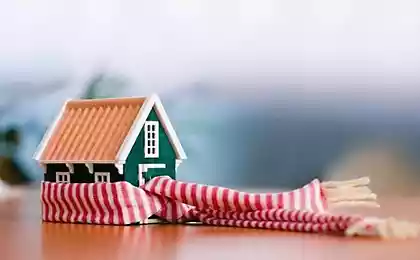645
How to insulate the attic
Modern country house, no matter whether the garden is a cabin designed for seasonal residence, or used as a permanent dwelling chic cottage, it is impossible to imagine without ventilated attic.
This raises one very significant problem – the loss of heat through the ceiling, and then through the roof.
So, to avoid such problems, it is recommended to efficiently and reliably carry out thermal insulation of attic floor so the warm air remained in residential premises and not left in the cold and lifeless space of the attic.
View a video on how to insulate the atticSUBSCRIBE to OUR youtube channel that allows you to watch online, download from YouTube free video about the recovery, the rejuvenation of man. Love for others and ourselves, as the feeling of high vibrations — an important factor for improvement .
Put LIKES and share with your FRIENDS!
www.youtube.com/channel/UCXd71u0w04qcwk32c8kY2BA/videos
Basic ways to insulate the atticAs already mentioned, with the device in a country house vented attic, its roof remains cold (unlike loft), and insulation exposed just underneath the ceiling, separating the downstream residential areas.
There are many ways of insulating such floors, depending on their type (concrete ceiling or ceiling beams). Let's discuss each of them.
Insulation reinforced concrete ceiling of the atticit Should be noted that there are slabs of reinforced concrete and monolithic, solid concrete overlay. However, what unites them is that they have a very smooth surface, capable of withstanding high load. Based on this, and you must choose the specific type of insulation for the attic. Let's start with the most simple.
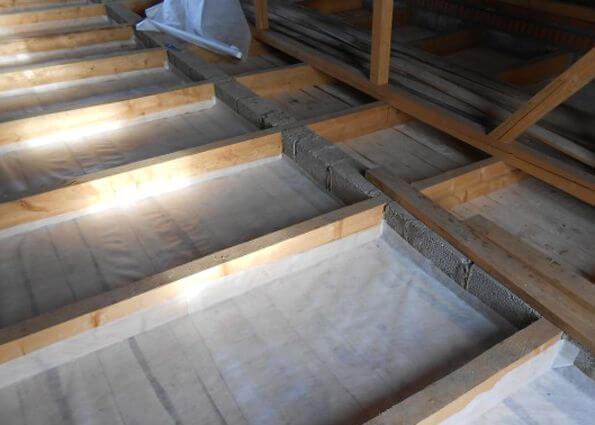
1. Installation of wooden beams (a metal) or lag with located between them insulator. You can use different types of insulating material: various backfill, mats or rolls of cellulose wool, mineral wool and even the most ordinary foam. Take a closer look at the types of insulation for the attic below.
2. Insulation without the use of a lag with filling. As filling you can use expanded clay or slag cocktail (in this case, it must be isolated from the living space). Or any other type of filling.
Insulation of attic and backfilling is as follows: poured layer of the selected material with a thickness of twenty to thirty centimetres, after which it is poured with cement mortar and make a rod. If the attic space in the future will not be used, the coupler could not be done. For extra protection, and vapor barrier is also recommended to record on the plates of the roofing material.
Of the minuses such method it is worth noting the complexity of the work and the need for a large amount of time.
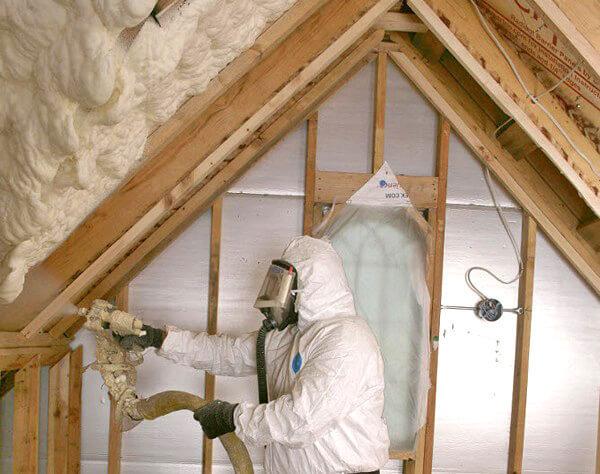
3. Insulation rigid insulation (without lag). Another popular and effective way of warming a solid slab of concrete.
As the insulator in this case is most often used with either foam concrete or foam glass. Both options have advantages and disadvantages.
Foam glass is a more modern, effective and accessible to use material, but quite expensive. For this reason, it is still often used more severe and coarse foam. Messing with him will have a little longer, besides, be necessary layer thickness of not less than forty centimeters. But the financial costs are much less painful.
But in both cases you will not have to resort to wet work, because the screed is not required.
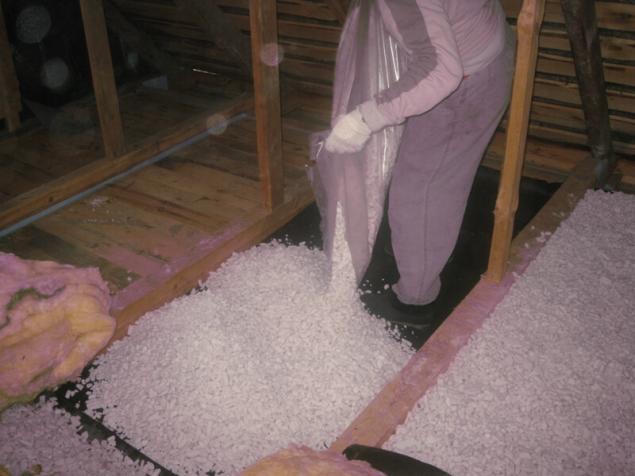
Insulation of attic beamsIn this case, the material for insulation placed between the wood or metal beams. After installation, the ceiling is sheathed on the choice of any molded material, such as paneling. Often also used drywall.
But there are cases when the beams are made of high-quality and reliable material, have proper form, and leave them open. A finishing floor material (tongue, plywood, MDF and so on) laid directly on the beams. Most often this option is used in the homes of ocilindrovannogo of timber or logs.
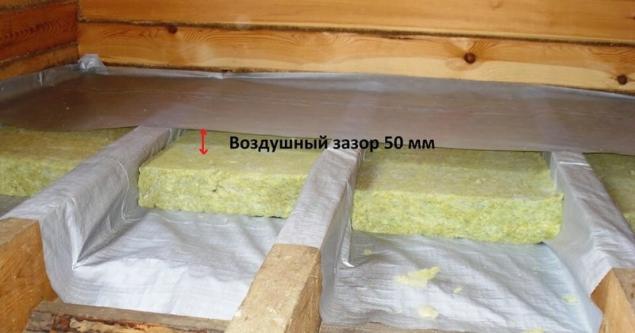
The type of insulation material, in this case, the choice is quite wide. Therefore, we proceed directly to consideration of the insulation for their attic.
Types of insulation for attic1. Backfill. The most common filling used or expanded clay or slag (cocktail). Also use perlite, but this is a more expensive option. The main drawback of this insulation is its high weight, so it requires a very reliable and powerful base and a binder.
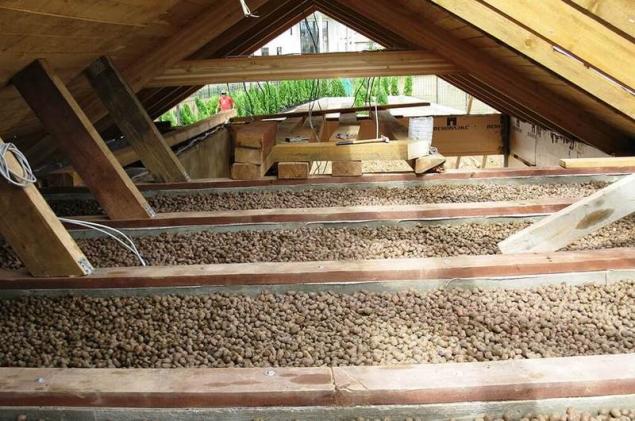
2. Basalt wool. Sometimes in the form of rolls or elastic plates. For reliable isolation of a single layer of material with a thickness of twenty centimeters. Cheap, affordable and relatively effective for their cost of the material, but would need a vapor barrier (moisture protection).
3. Fiberglass – cheaper alternative to basalt wool. Comes most often in the form of plates. Properties almost similar to basalt wool, except that slightly less fire resistant.
4. Foam. The most cheap and available material that does not require a windscreen. From disadvantage is the high fragility and lack of elasticity of the material.
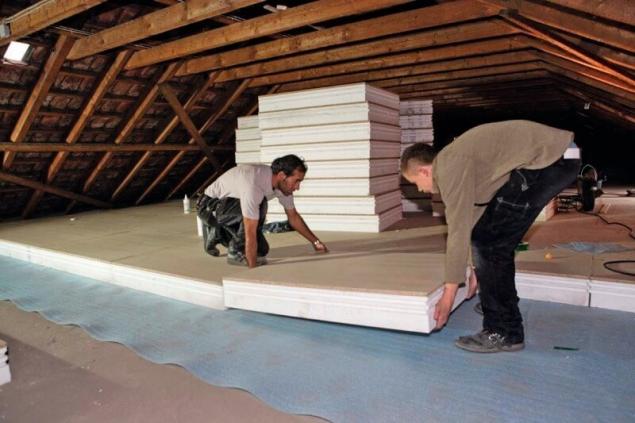
5. Ecowool. This is the most modern, environmental friendly and easy to use material. Is made of cellulose. Virtually incombustible due to its special impregnation, hypoallergenic, comes in loose form or in the form of plates. Minus – the highest value of all the materials.
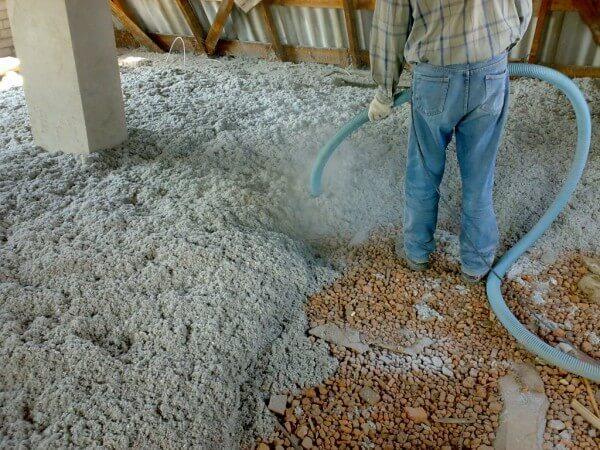
In the end I want to note that the most reliable and efficient loft insulation will only be the case if the host will also hold all the necessary arrangements for its vapor barrier and wind insulation. Otherwise, moisture and wind will quickly lead even the most expensive material unusable. published
Source: nastroike.com/stroitelstvo-doma/796-uteplenie-cherdaka-osnovnye-sposoby-kak-uteplit-cherdak-vidy-uteplitelej
This raises one very significant problem – the loss of heat through the ceiling, and then through the roof.
So, to avoid such problems, it is recommended to efficiently and reliably carry out thermal insulation of attic floor so the warm air remained in residential premises and not left in the cold and lifeless space of the attic.
View a video on how to insulate the atticSUBSCRIBE to OUR youtube channel that allows you to watch online, download from YouTube free video about the recovery, the rejuvenation of man. Love for others and ourselves, as the feeling of high vibrations — an important factor for improvement .
Put LIKES and share with your FRIENDS!
www.youtube.com/channel/UCXd71u0w04qcwk32c8kY2BA/videos
Basic ways to insulate the atticAs already mentioned, with the device in a country house vented attic, its roof remains cold (unlike loft), and insulation exposed just underneath the ceiling, separating the downstream residential areas.
There are many ways of insulating such floors, depending on their type (concrete ceiling or ceiling beams). Let's discuss each of them.
Insulation reinforced concrete ceiling of the atticit Should be noted that there are slabs of reinforced concrete and monolithic, solid concrete overlay. However, what unites them is that they have a very smooth surface, capable of withstanding high load. Based on this, and you must choose the specific type of insulation for the attic. Let's start with the most simple.

1. Installation of wooden beams (a metal) or lag with located between them insulator. You can use different types of insulating material: various backfill, mats or rolls of cellulose wool, mineral wool and even the most ordinary foam. Take a closer look at the types of insulation for the attic below.
2. Insulation without the use of a lag with filling. As filling you can use expanded clay or slag cocktail (in this case, it must be isolated from the living space). Or any other type of filling.
Insulation of attic and backfilling is as follows: poured layer of the selected material with a thickness of twenty to thirty centimetres, after which it is poured with cement mortar and make a rod. If the attic space in the future will not be used, the coupler could not be done. For extra protection, and vapor barrier is also recommended to record on the plates of the roofing material.
Of the minuses such method it is worth noting the complexity of the work and the need for a large amount of time.

3. Insulation rigid insulation (without lag). Another popular and effective way of warming a solid slab of concrete.
As the insulator in this case is most often used with either foam concrete or foam glass. Both options have advantages and disadvantages.
Foam glass is a more modern, effective and accessible to use material, but quite expensive. For this reason, it is still often used more severe and coarse foam. Messing with him will have a little longer, besides, be necessary layer thickness of not less than forty centimeters. But the financial costs are much less painful.
But in both cases you will not have to resort to wet work, because the screed is not required.

Insulation of attic beamsIn this case, the material for insulation placed between the wood or metal beams. After installation, the ceiling is sheathed on the choice of any molded material, such as paneling. Often also used drywall.
But there are cases when the beams are made of high-quality and reliable material, have proper form, and leave them open. A finishing floor material (tongue, plywood, MDF and so on) laid directly on the beams. Most often this option is used in the homes of ocilindrovannogo of timber or logs.

The type of insulation material, in this case, the choice is quite wide. Therefore, we proceed directly to consideration of the insulation for their attic.
Types of insulation for attic1. Backfill. The most common filling used or expanded clay or slag (cocktail). Also use perlite, but this is a more expensive option. The main drawback of this insulation is its high weight, so it requires a very reliable and powerful base and a binder.

2. Basalt wool. Sometimes in the form of rolls or elastic plates. For reliable isolation of a single layer of material with a thickness of twenty centimeters. Cheap, affordable and relatively effective for their cost of the material, but would need a vapor barrier (moisture protection).
3. Fiberglass – cheaper alternative to basalt wool. Comes most often in the form of plates. Properties almost similar to basalt wool, except that slightly less fire resistant.
4. Foam. The most cheap and available material that does not require a windscreen. From disadvantage is the high fragility and lack of elasticity of the material.

5. Ecowool. This is the most modern, environmental friendly and easy to use material. Is made of cellulose. Virtually incombustible due to its special impregnation, hypoallergenic, comes in loose form or in the form of plates. Minus – the highest value of all the materials.

In the end I want to note that the most reliable and efficient loft insulation will only be the case if the host will also hold all the necessary arrangements for its vapor barrier and wind insulation. Otherwise, moisture and wind will quickly lead even the most expensive material unusable. published
Source: nastroike.com/stroitelstvo-doma/796-uteplenie-cherdaka-osnovnye-sposoby-kak-uteplit-cherdak-vidy-uteplitelej
Who lives in the water samples from the intake filters
Signs of an unhealthy liver: How to help yourself with natural remedies

